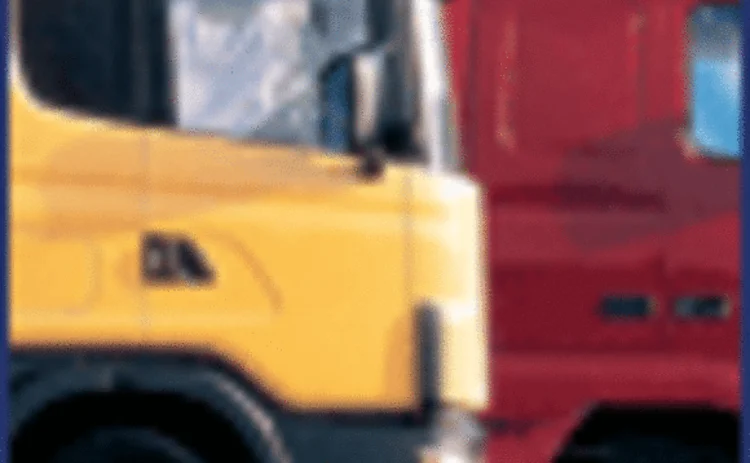
Delivering the goods

Understanding and arranging insurance on goods in transit is a simple enough process but many clients are simply unaware of the need for such cover - until, that is, they have an accident. Paul Hulyer reports
Goods in transit is a growing sector; in fact, the volume of such goods can be witnessed daily by the number of commercial vehicles on our roads. In addition, the development of European trading regulations now means increasing numbers of companies can move their goods much further afield.
The market is large and relatively simple to insure but clients' awareness of cover is often low. Many clients may still believe that their comprehensive motor or business contents insurance covers the goods and it is only when they have an accident that this misconception is exposed.
Transit insurance is arranged on the basis of insurable interest - those who own the goods and those who carry them. Clients who transport their own goods are known as own account operators. This is the most straightforward class of transit business generally covering vehicles used for both collection and delivery, often on a local basis, although larger companies will transport nationwide.
The most common category is what we refer to as 'the butcher, the baker and the candlestick maker', who bring in raw materials or supplies from wholesalers and deliver finished goods to customers. In addition to these risks, the type of clients requiring cover for own goods also includes a wide variety of tradesmen carrying tools and materials.
All bases covered
In order to protect their balance sheet, it is vital for these operators to ensure they have the correct cover in place. In fact, this should be part of any overall risk strategy plan. Relying on motor insurance is simply not enough, as this does not usually cover operators for the loss of any tools or equipment carried in their vehicle for the purpose of work. Such losses can have severe consequences, potentially losing clients, future work and, particularly in respect of small businesses, threatening the continuance of the business itself.
Businesses that do not operate vehicles for delivery purposes or need to send goods further afield than their normal areas of operation use third-party carriers. This category can include goods moved by post, rail, road, air and sea.
Carriers will often provide some limited cover for goods by way of contract or trading conditions, but in many cases the compensation available from carriers is inadequate or non-existent and generally only covers their contractual liability for the goods. Therefore, for full peace of mind owners of goods need to insure the goods themselves in their own name.
It is often only when a loss occurs that an owner discovers the inadequacies of a carrier's compensation. In many instances, it may also be cheaper for the owner of the goods to take out an annual goods-in-transit insurance policy rather than pay the additional insurance price required by the carrier.
The owner must remember that a carrier's interest in the goods is limited to that carrier's liability; they have no direct interest in compensating the owner in full. Conditions of carriage applied by most carriers are restricted and are drawn up by the carrier to make their responsibilities clear. These include clarification as to who is responsible for what and, in the event of loss or damage to the goods, how much compensation will be granted. This is important, since it reflects the price agreed for the carriage.
Only users who have a paid subscription or are part of a corporate subscription are able to print or copy content.
To access these options, along with all other subscription benefits, please contact info@insuranceage.co.uk.
You are currently unable to print this content. Please contact info@insuranceage.co.uk to find out more.
You are currently unable to copy this content. Please contact info@insuranceage.co.uk to find out more.
Copyright Infopro Digital Limited. All rights reserved.
You may share this content using our article tools. Printing this content is for the sole use of the Authorised User (named subscriber), as outlined in our terms and conditions - https://www.infopro-insight.com/terms-conditions/insight-subscriptions/
If you would like to purchase additional rights please email info@insuranceage.co.uk
Copyright Infopro Digital Limited. All rights reserved.
You may share this content using our article tools. Copying this content is for the sole use of the Authorised User (named subscriber), as outlined in our terms and conditions - https://www.infopro-insight.com/terms-conditions/insight-subscriptions/
If you would like to purchase additional rights please email info@insuranceage.co.uk
Most read
- Zurich strikes five-year capacity deal with MGA Freedom Services
- Aviva to open branches in Chelmsford and Southampton
- Dual to open two UK offices as McGinn’s regional push gathers pace







